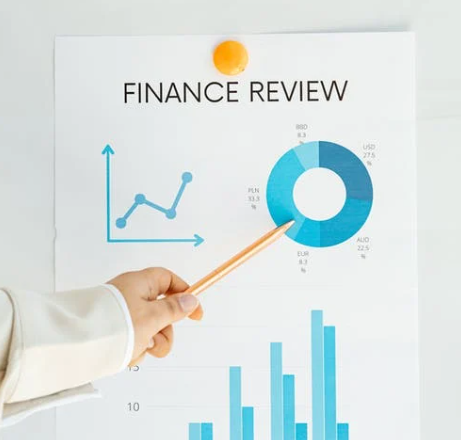The Rumsfeld Matrix as an effective tool in the decision-making process
During a briefing on the Iraq War, Donald Rumsfeld divided information into 4 categories: known known, known unknown, unknown known, unknown unknown. ...

Effective organizatio operation largely depends on the financial management. The finance team, led by the chief financial officer (CFO), is responsible for managing the business’s financial flows, financial planning and reporting, setting financial policies and ensuring financial strength. Financiers use various BI tools to effectively perform their duties. One such tool is the financial dashboard.
Financial Dashboard is a BI-tool that allows employees in the finance department and/or financial institutions to visualize, track, and report on key financial metrics. Modern panels use financial analytics to synthesize disparate financial and accounting data. This allows to conduct a detailed study of the data to draw the right conclusions and make effective decisions.
Financial analytics tools allow each user to create his own dashboard and include the indicators he needs (return on assets, return on equity, ratio of debt and equity, equity working capital, etc.).
Features of financial dashboards:
Combining data from multiple sources, the dashboard allows the user to get a complete and accurate financial picture, conduct sophisticated real-time financial data analysis, forecasts, budget and plan.
DataLabs is a Qlik Certified Partner. A high level of team competence and an individual approach allows to find a solution in any situation. You can get additional information by filling out the form at the link